How technology has changed since 1972
- Published

Technology has changed a lot in the 40 years Newsround has been on TV. Check out this old "brick" phone, on the left from the 1980s which was of one of the first mobile phones. Luckily technology moved pretty fast and most phones are smaller, have no external aerial and can surf the web too.
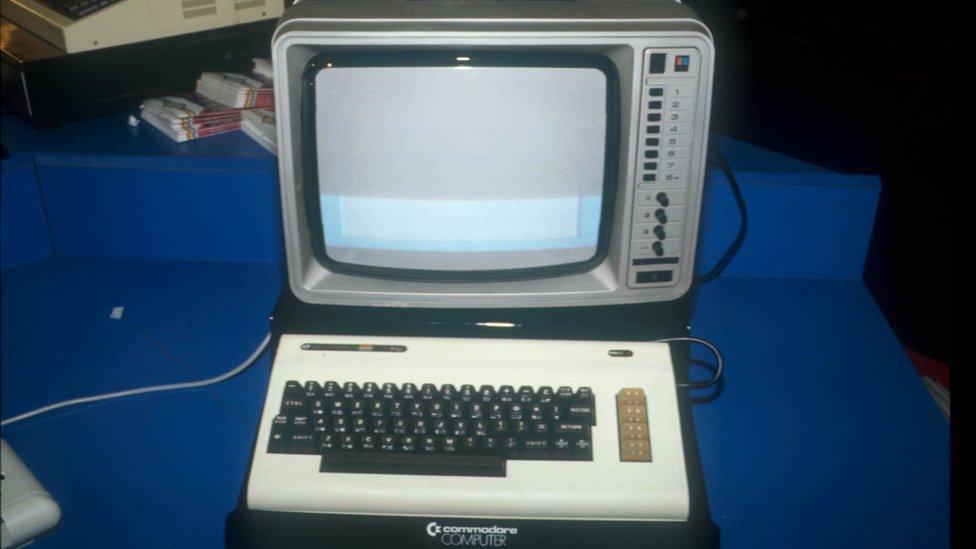
This is what desktop computers looked like in the 1980s. They had really big monitors which could only display black and white, and most computers had less storage space than a modern mobile phone!

A few years later these smaller, more compact computers were developed. They weren't exactly pocket-sized though and instead of DVDs they used 'floppy disks' which could only hold 1.44MB - about 30 seconds of your favourite song!
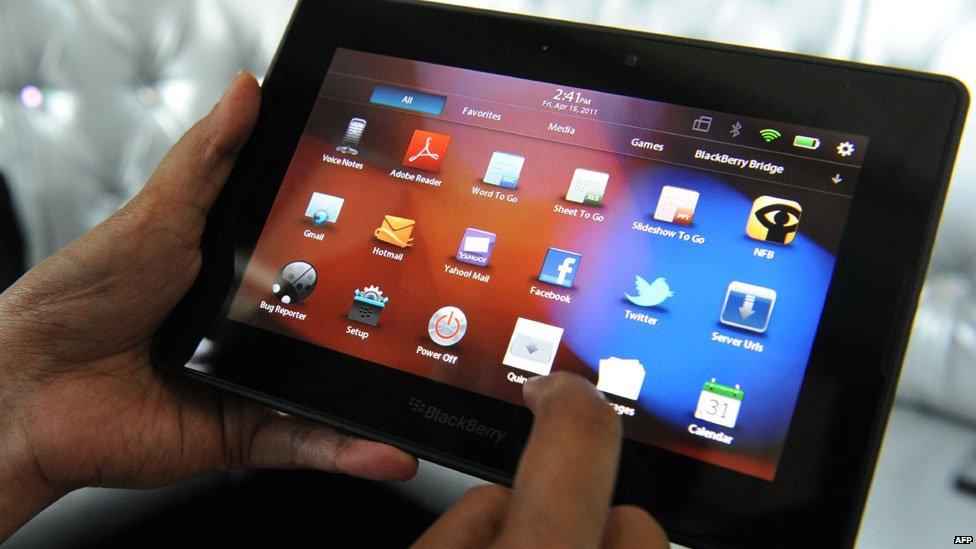
Modern tablet computers have much bigger screens, can hold hours of films and are much easier to fit in your pocket!
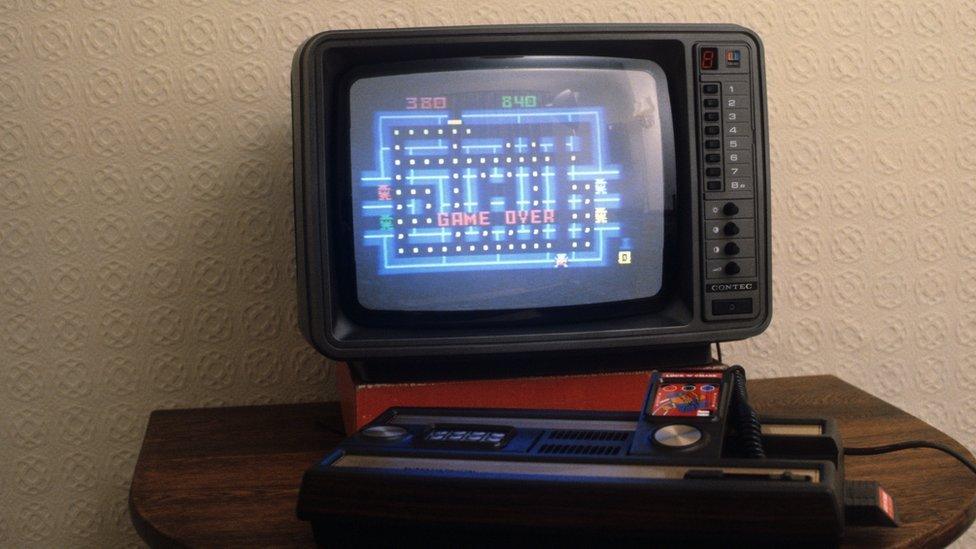
Video games had much simpler graphics in the 80s and were controlled by simple buttons and joysticks - no movement control in sight! Games were stored on cartridges because optical discs like CDs and DVDs hadn't been invented yet. This is the old classic game PacMan.
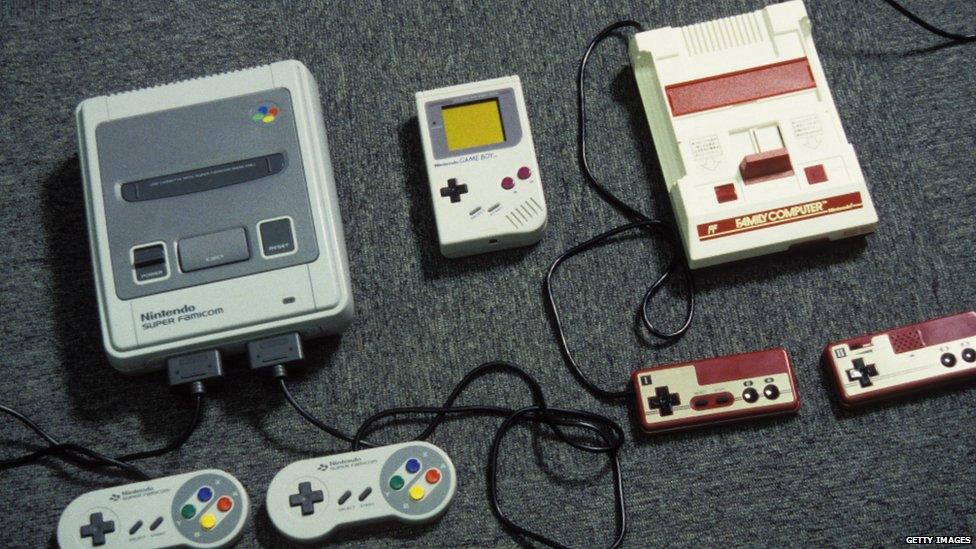
Check out this old Gameboy (in the middle) from 1989! It's almost twice as thick as Sony's Playstation Vita because it needed so many batteries to power its black-and-white screen. At either side are old Nintendo consoles.
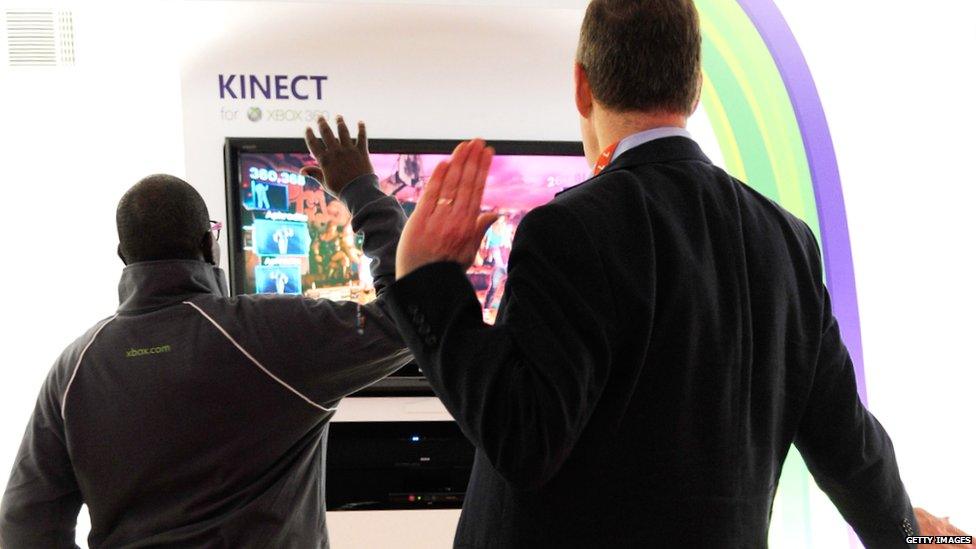
Modern games consoles are a lot smaller and many work without needing a controller at all! This XBox Kinect is controlled by movement and even responds to voice commands.

Before digital music players or smartphones, the tape cassette player was a must-have gadget. The cassette tapes meant it took ages to skip songs you didn't like. After cassettes came CD players which were even bigger, but allowed you to skip tracks. Unfortunately they also skipped if you bumped them, even gently.
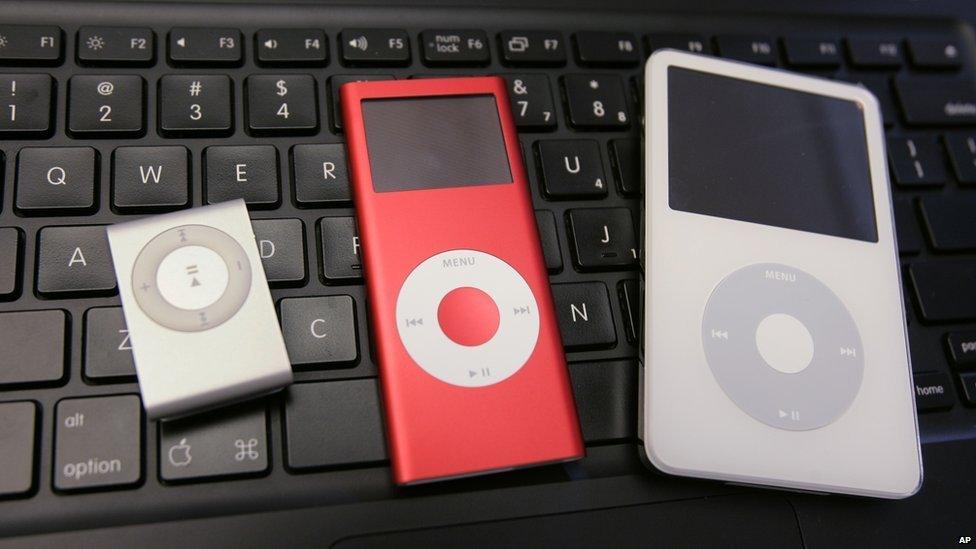
A lot of people store their music on a digital music player like these. They're lightweight and can hold thousands of songs downloaded from the internet - but even these are falling in popularity because more people are using their smartphone to play music.

Modern smartphones like these are replacing a lot of the other devices we used to rely on. They can make phone calls, play games, edit documents, store music and even browse the internet.
